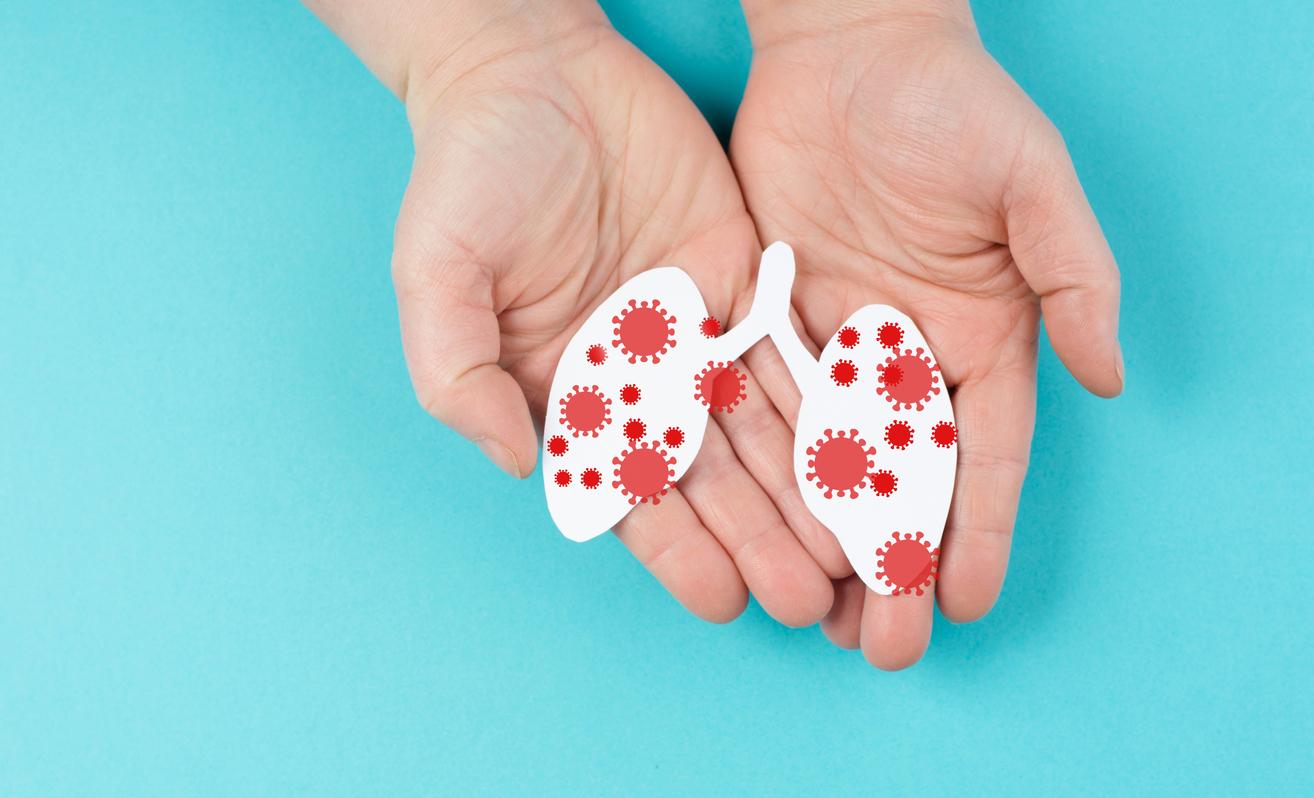Rich in vegetables, dairy products and olive oil, the Mediterranean diet is beneficial for patients with cirrhosis of the liver. Associated with greater gut microbial diversity, it would reduce the risk of hospitalization, according to a new study.

The Mediterranean diet never ceases to seduce the medical world. Renowned for its benefits on our health, it has been the subject of numerous studies which have found that it is excellent for the heart and recommended for keeping the figure or for delaying brain aging.
It must be said that from a nutritional point of view, this diet rich in vegetables, olive oil, whole grains and fermented dairy products such as yogurt is all good. A new study, presented Thursday, April 12 at the International Liver Congress 2018 in Paris, once again proves it. According to its authors, following a Mediterranean diet would generate greater intestinal microbial diversity which, for patients with cirrhosis of the liver, would reduce their risk of hospitalization.
The intestinal microbiota involved in cirrhosis of the liver
Responsible for more than one million deaths worldwide per year, cirrhosis of the liver is a diffuse, chronic and irreversible disease of the liver. It corresponds to a very advanced fibrous scar (fibrosis) which disrupts the functioning of the liver. The risk of death from hepatic cirrhosis differs significantly between countries, mainly due to alcohol consumption, the type and quality of alcohol consumed, as well as the presence of hepatitis B and C viral infections.
Researchers have noticed that the gut microbiota is involved in the pathogenesis and progression of cirrhosis. A gradual decrease in microbial diversity has also been observed in healthy individuals, in those with compensated cirrhosis, and in those with decompensated cirrhosis, that is, when the disease has progressed to a point where the liver is no longer able to perform its functions properly.
“Diet plays a major role in gut microbial makeup, but there is currently very little information linking diet, microbial diversity, and clinical outcome in cirrhotic patients,” said Dr Jasmohan Bajaj of Virginia. Commonwealth University and lead author of the study. “Our hypothesis for this study was that diet and the severity of cirrhosis might interact to determine microbiota composition and ultimately clinical outcome in patients with cirrhosis of the liver.”
A more diverse microbiota and less hospitalization in the Turkish cohort
To validate their hypothesis, the researchers recruited 157 individuals from the United States and 139 from Turkey, who were then divided into three groups: healthy controls, outpatients with compensated cirrhosis, and outpatients with decompensated cirrhosis. All have undergone a food microbiota and stool analysis. Patients with cirrhosis were also followed for at least 90 days to collect data on possible hospitalizations.
Not all of the subjects in the study had the same type of diet: Americans ate very little fermented foods (yogurt, sour milk) and lots of coffee and soft drinks, while the Turkish cohort followed a Mediterranean diet.
Analysis of stool samples revealed that the Turkish cohort as a whole exhibited significantly greater diversity in the gut microbiota than the American cohort and that there was no difference in diversity between healthy controls and those. with cirrhosis of the liver in Turkey. In contrast, in the American cohort, diversity was highest in the control group and lowest among those with decompensated cirrhosis.
Regarding hospitalizations, the researchers found that they were significantly more numerous in the American cohort than in the Turkish cohort.
“This study demonstrates that patients with cirrhosis have gut microbiota profiles that are very sensitive to dietary factors. It is the first study to confirm a link between diet, microbial diversity and clinical outcomes in cirrhosis of the liver,” said said Dr Bajaj. According to him, “further studies are now needed to assess whether dietary modifications could improve both microbial diversity and clinical outcomes in these patients.”

.















